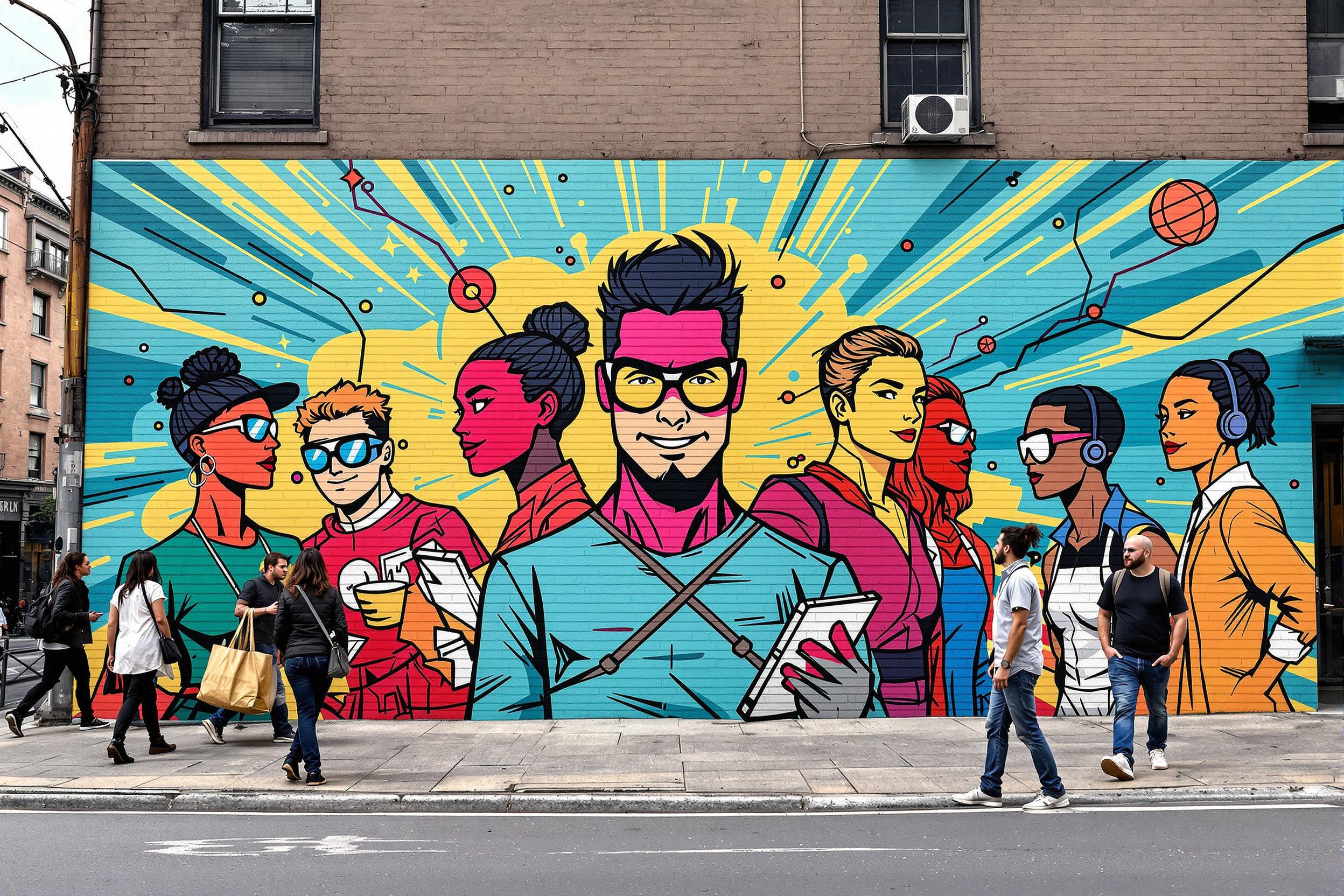
Forensic Photography
Forensic Photography is a specialized type of photography used to document crime scenes, evidence, and accidents for legal and investigative purposes. It's similar to regular photography but focuses on capturing detailed, accurate images that can be used in court or during investigations. Professionals in this field take precise photos of crime scenes, physical evidence, and accident sites to help investigators and lawyers understand what happened. This skill is often called "Crime Scene Photography" or "Evidence Photography" and is an important part of both private investigation and law enforcement work.
Examples in Resumes
Documented over 200 crime scenes using Forensic Photography techniques
Certified in Crime Scene Photography with expertise in evidence documentation
Led Forensic Photography training for junior investigators
Utilized Evidence Photography skills to support insurance fraud investigations
Typical job title: "Forensic Photographers"
Also try searching for:
Where to Find Forensic Photographers
Professional Associations
Job Boards
Professional Networks
Example Interview Questions
Senior Level Questions
Q: How do you handle challenging lighting conditions at crime scenes?
Expected Answer: A senior photographer should explain different lighting techniques, equipment choices, and how to document evidence accurately in various conditions like darkness, bright sunlight, or indoor fluorescent lighting.
Q: What's your process for maintaining chain of custody for photographic evidence?
Expected Answer: Should describe detailed procedures for documenting, storing, and transferring photos, including digital file management and proper labeling systems to ensure evidence integrity.
Mid Level Questions
Q: What types of photos do you typically take at a crime scene?
Expected Answer: Should mention overview shots, mid-range photos, and close-ups of evidence, explaining how these different types work together to tell the complete story of a scene.
Q: How do you ensure your photos will be admissible in court?
Expected Answer: Should discuss proper documentation methods, avoiding photo manipulation, maintaining image integrity, and following department protocols for evidence photography.
Junior Level Questions
Q: What basic equipment do you need for forensic photography?
Expected Answer: Should list essential equipment like DSLR camera, different lenses, flash units, scales, and markers, explaining the basic purpose of each item.
Q: Why is it important to include scales in evidence photos?
Expected Answer: Should explain that scales help show the actual size of evidence items and why this is crucial for investigation and court purposes.
Experience Level Indicators
Junior (0-2 years)
- Basic camera operation and photography principles
- Understanding of evidence documentation procedures
- Knowledge of basic crime scene protocol
- Ability to work under supervision
Mid (2-5 years)
- Advanced photography techniques in various conditions
- Evidence handling and documentation
- Understanding of legal requirements
- Independent scene processing capability
Senior (5+ years)
- Expert level photography skills
- Training and supervision of junior photographers
- Court testimony experience
- Complex scene documentation
Red Flags to Watch For
- No understanding of chain of custody procedures
- Lack of knowledge about legal requirements for evidence photos
- Poor attention to detail in documentation
- No experience with proper evidence marking and measurement techniques
Need more hiring wisdom? Check these out...

Global Compliance Checks: The Hidden Puzzle Pieces of Background Screening Revealed

Unlocking Hidden Talent: Spotting Transferable Skills in Non-Traditional Candidates

Virtual Reality in Certification Exams: How VR is Transforming Specialized Training

